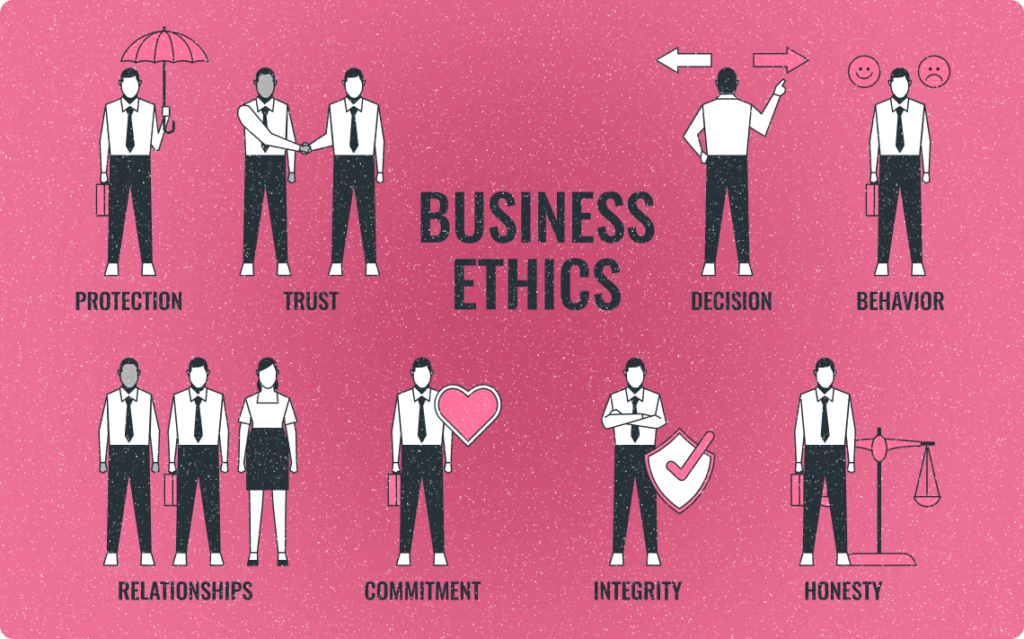Maximizing Employee Potential: The Ultimate Guide to Strategic Human Resource Management

Understanding Strategic Human Resource Management
Defining Strategic HRM
Strategic Human Resource Management (HRM) is about aligning the human resource policies and practices with the overall business strategy. This approach ensures that the workforce contributes effectively to the company’s goals. It involves planning, developing, and managing HR initiatives that support long-term business objectives.
Importance in Modern Organizations
In today’s fast-paced business world, strategic HRM is crucial. It helps organizations stay competitive by ensuring they have the right people in the right roles. This alignment boosts productivity, enhances employee satisfaction, and drives business success. Companies that invest in strategic HRM are better equipped to adapt to market changes and seize new opportunities.
Key Principles
Strategic HRM is built on several key principles:
By following these principles, organizations can maximize their human capital and achieve sustained success.

Aligning HR Strategies with Business Goals
Identifying Business Objectives
To align HR strategies with business goals, the first step is to clearly identify the company’s objectives. This involves understanding the mission, vision, and long-term goals of the organization. By doing so, HR can tailor its strategies to support these aims effectively.
Integrating HR and Business Strategies
Once the business objectives are clear, the next step is to integrate HR strategies with these goals. This means ensuring that HR practices, such as recruitment, training, and performance management, are designed to help achieve the company’s objectives. For example, if a business aims to innovate, HR might focus on hiring creative thinkers and providing continuous learning opportunities.
Measuring Alignment Success
Finally, it’s crucial to measure the success of aligning HR strategies with business goals. This can be done through various metrics, such as employee performance, retention rates, and overall business performance. Regularly reviewing these metrics helps ensure that HR strategies remain aligned with the company’s objectives and can be adjusted as needed.
Get more out of your business
Get the best employee engagement content every week via mailing list

Talent Acquisition and Retention Strategies
Effective Recruitment Techniques
Finding the right people for your company is crucial. Start by writing clear job descriptions that outline the role and needed skills. Use multiple channels to post your job ads, like job boards, social media, and your company website. Don’t forget to screen resumes carefully and conduct thorough interviews to find the best fit.
Employee Retention Programs
Keeping your employees happy is just as important as hiring them. Offer competitive salaries and benefits to show you value their work. Create a positive work environment where employees feel appreciated. Regularly ask for feedback and make changes based on their suggestions. Also, provide opportunities for growth and development.
Building a Strong Employer Brand
Your company’s reputation matters. A strong employer brand attracts top talent and keeps current employees engaged. Share stories about your company culture on social media and your website. Highlight employee achievements and company values. Make sure your brand reflects what it’s like to work at your company.

Employee Development and Training
Creating Development Plans
Creating development plans is essential for helping employees grow. These plans should be tailored to each person’s strengths and areas for improvement. Start by setting clear goals and identifying the skills needed to achieve them. Regular check-ins can help track progress and make adjustments as needed.
Implementing Training Programs
Training programs are a key part of employee development. They can be in-person workshops, online courses, or on-the-job training. It’s important to choose the right type of training for your team. Make sure the training is relevant and engaging to keep employees interested.
Evaluating Training Effectiveness
Evaluating the effectiveness of training programs helps ensure they are meeting their goals. Use surveys, tests, and performance metrics to measure success. Regularly review the results and make changes to improve the training. This helps keep the programs effective and beneficial for everyone involved.

Performance Management Systems
Setting Performance Standards
Setting clear performance standards is crucial for any organization. These standards help employees understand what is expected of them and provide a benchmark for measuring their performance. Clear, achievable goals should be set, and employees should be involved in the process to ensure they are committed to meeting these standards.
Continuous Feedback Mechanisms
Continuous feedback is essential for employee growth and development. Regular check-ins and feedback sessions help employees stay on track and make necessary adjustments to their performance. This can be done through one-on-one meetings, performance reviews, or even informal conversations. The key is to provide timely and constructive feedback that helps employees improve.
Performance Appraisal Methods
Performance appraisals are a formal way of evaluating employee performance. There are various methods for conducting appraisals, including self-assessments, peer reviews, and manager evaluations. Each method has its own advantages and can provide valuable insights into an employee’s strengths and areas for improvement. It’s important to choose the right method for your organization and ensure that the appraisal process is fair and transparent.

Fostering a Positive Organizational Culture
Promoting Diversity and Inclusion
Creating a workplace where everyone feels welcome and valued is key. This means celebrating differences and making sure everyone has the same chances. Companies can set up groups or events to highlight different cultures and backgrounds. Training sessions on diversity can also help employees understand and respect each other better.
Encouraging Employee Engagement
When employees feel connected to their work, they perform better. To boost engagement, companies can ask for feedback and act on it. Regular team meetings and fun activities can also make employees feel more involved. Recognizing and rewarding hard work is another way to keep spirits high.
Building Trust and Transparency
Trust is the foundation of any strong team. Being open about company goals and decisions helps build this trust. Leaders should communicate clearly and honestly with their teams. It’s also important to listen to employees’ concerns and address them promptly. This creates a sense of security and loyalty among staff.
Leveraging Technology in HRM
HR Analytics and Data-Driven Decisions
Using HR analytics helps companies make better choices by looking at data. This means they can see patterns and trends that might not be obvious. For example, they can find out why employees leave or what makes them stay. This information helps in making smart decisions about hiring and keeping staff.
Implementing HR Software Solutions
HR software makes managing employee information easier. It can handle tasks like tracking attendance, managing payroll, and storing employee records. This saves time and reduces mistakes. Plus, it allows HR teams to focus on more important tasks, like improving employee satisfaction.
Future Trends in HR Technology
The future of HR technology looks exciting. New tools and software are being developed all the time. Some trends to watch include:
- Artificial Intelligence (AI): AI can help with recruiting by screening resumes and even conducting initial interviews.
- Mobile HR Apps: These apps let employees access HR services from their phones, making it more convenient.
- Virtual Reality (VR) Training: VR can provide immersive training experiences, making learning more engaging.
Staying updated with these trends can give companies a competitive edge.
Conclusion
In the end, strategic human resource management is all about making the most of your team. By planning ahead and using smart strategies, you can help your employees grow and succeed. This not only makes them happy but also helps your company reach its goals. Remember, a strong team is the key to any successful business. So, invest in your people, and you’ll see great results.
— The Monitask Team
Frequently Asked Questions
Why is strategic HRM important in modern organizations?
Strategic HRM is important because it helps organizations stay competitive. By aligning HR strategies with business goals, companies can better manage their workforce, increase productivity, and improve employee satisfaction.
How can HR strategies be aligned with business goals?
HR strategies can be aligned with business goals by understanding the company’s objectives, integrating HR plans with these objectives, and regularly measuring the success of this alignment. Communication between HR and other departments is key.
What are some effective recruitment techniques?
Effective recruitment techniques include using social media to find candidates, offering referral bonuses to current employees, and attending job fairs. It’s also important to have a clear job description and a smooth interview process.
How can companies improve employee retention?
Companies can improve employee retention by offering competitive salaries, providing opportunities for career growth, and fostering a positive work environment. Recognizing and rewarding employees’ hard work also helps keep them motivated.
What role does technology play in HRM?
Technology plays a big role in HRM by making processes more efficient. HR software can help with tasks like payroll, performance evaluations, and recruitment. Data analytics can also provide insights into workforce trends and help make better decisions.


